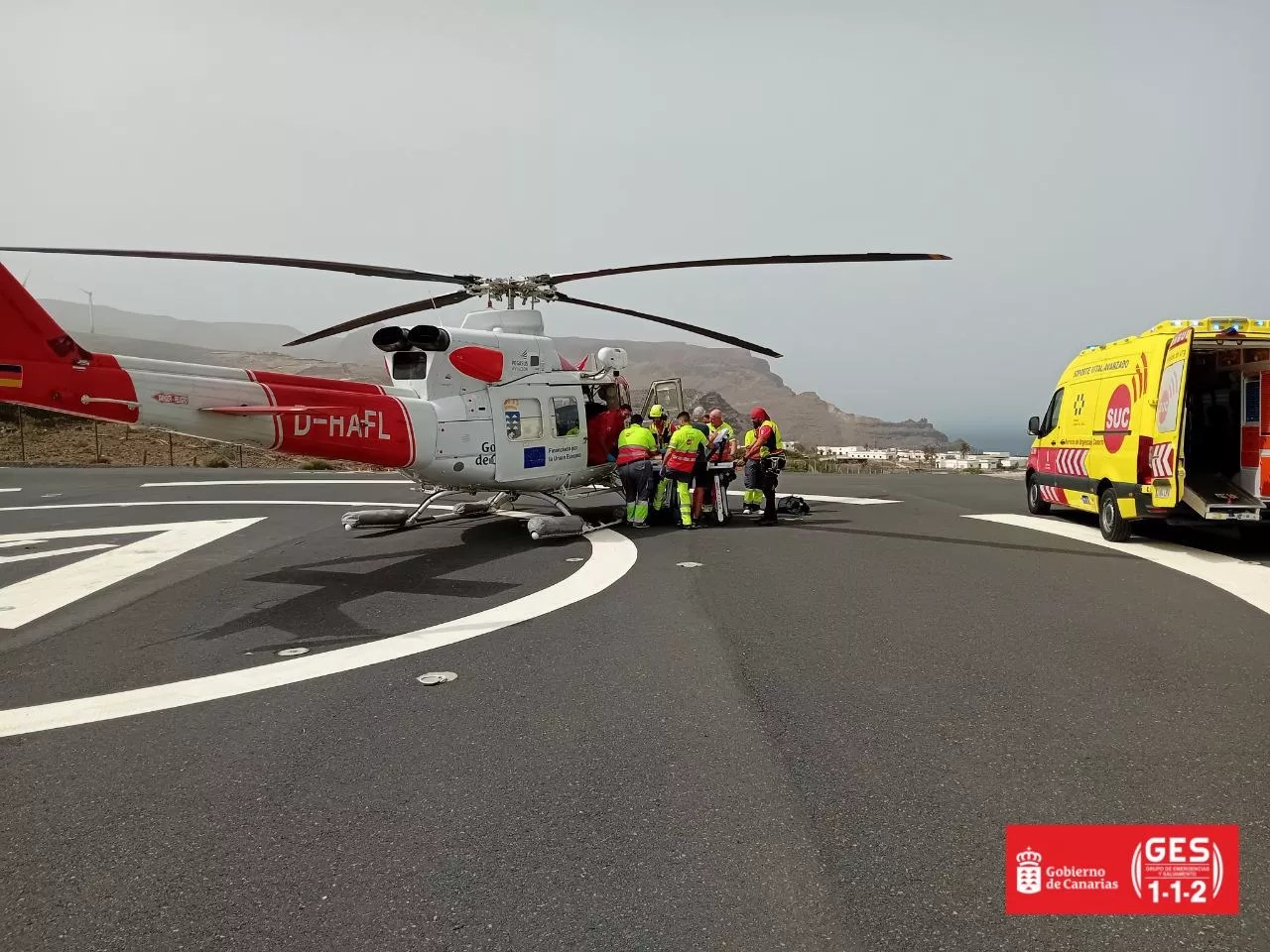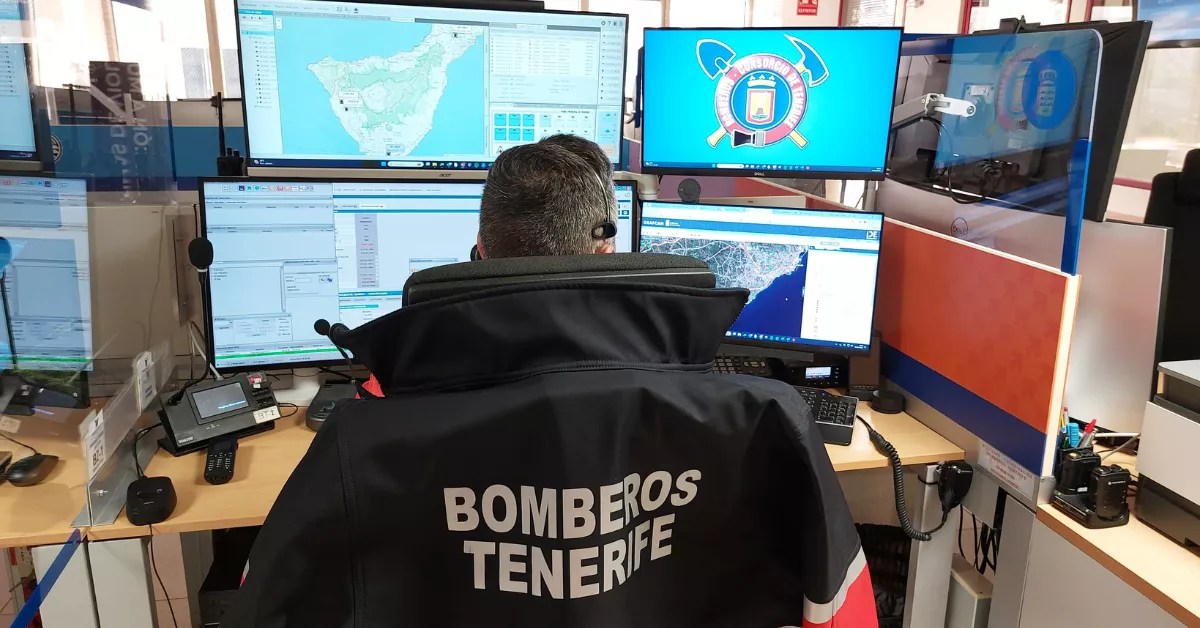“`html
Third lanes on the two motorways – TF-1 (South) and TF-5 (North) –are anticipated in the short term, alongside guided transport, particularly trains, envisioned for a longer-term solution. These are the principal measures proposed yesterday to tackle the persistent traffic congestion in Tenerife. In conjunction with these robust suggestions, representatives from various administrations highlighted the necessity for coordinated planning and the prioritisation of major infrastructure projects pending on the Island. This discussion took place during the EL DÍA forum on Mobility, held yesterday at the Iberostar Grand Mencey Hotel, with the support of Arona City Council and the Vice-Ministry of Infrastructure of the Government of the Canary Islands. Focusing on regional, insular, and municipal levels, they engaged in dialogue, led by Prensa Ibérica journalist Lucía Mora, with contributions from Francisco González, vice-counselor; Dámaso Arteaga, CEO of the Highways of the Cabildo de Tenerife; Fátima Lemes, mayor of Arona; and Héctor Reyes, Arona council member for Education and Local Police, Urban Mobility, Traffic and Road Safety.
“It’s mobility, stupid.” This expression is not meant to offend, but rather to encapsulate the importance and essence of the discussion. The phrase became famous to summarise critical issues, with the economy as a reference point, during the 1992 electoral campaign between Clinton and Bush Junior for the US presidency. It perfectly illustrates how crucial mobility is as a fundamental factor for Tenerife and the Canary Islands, both presently and in the future. Besides being the main concern, alongside the lack of affordable housing, for the residents of this Island, including those in the south, notably within the municipality of Arona, which co-hosted the meeting with the Government of the Canary Islands.
Mobility is always framed within a sustainable context that respects the environment, biodiversity, and the necessary legislation, including environmental assessments. This situation exists within a fragmented territory featuring several economic or demographic hotspots, experiencing constant population growth, while being fragile and protected across nearly half of the area.

Francisco González addressing attendees before the debate. / MARÍA PISACA
The identification of the issue was one of the key takeaways from the discussion among representatives of three administrations. Concerning the diagnosis, alarming statistics such as 840,000 vehicles for a population nearing one million inhabitants, and 3.2 million daily journeys, highlight the inadequacy, if not obsolescence, of the road infrastructure.
Continuing the current commitment to public transport – a 45% increase from free services beginning January 1, 2023, with an expected 80 million passengers this year alone for Titsa – implementing significant projects either pending or currently underway, such as the third lanes for the two motorways, and in the longer term, developing guided transport along the Southern Train route, were the principal lines indicated.
“If we are all here at the hotel, it indicates there were no mobility issues today.” This remark by El Día’s director, Joaquín Catalán, captures the true extent of a situation “a lingering concern for the authorities” that impacts thousands of Tenerife residents daily. Catalán referenced data emerging from the Insular Mobility Plan, which is on the verge of approval. He acknowledged the efforts in this arena from both the Government of the Canary Islands and the Cabildo of Tenerife, prior to introducing topics for the moderated debate led by Lucía Mora. Themes ranged from the Municipal Mobility Plan of Arona – anticipated for approval around April 2025 following five months of work – to the status of the port of Los Cristianos, discussions regarding Fonsalía as a potential alternative, the congestion issues particularly highlighted in the Guaza area, public transport matters, and the focus on trains, especially concerning the South.
Reconciliation. “Conciliation” was the term most frequently reiterated by former vice-counselor González in his introductory comments. He underscored the necessity of linking road infrastructure, which has an “evident historical delay in Tenerife,” with social demands and respect for territory and environmental regulations. He aimed to go beyond simply addressing the closure of the Island Ring with the Erjos tunnel, stressing the necessity to develop transport corridors on the Island: in the Metropolitan Area, the North, and the South. He insisted on addressing mobility challenges as “a critical task for Tenerife and the Canary Islands.” He referred to the recent strategy for the next three decades to reinforce the idea that mobility encompasses everything, including maritime transport. He praised the collaborative effort with the Cabildo of Tenerife, as opposed to the previous administration, reinforcing that “no more discussions among technicians” should occur and highlighted the active role of its president, Rosa Dávila, “displaying a courageous attitude.”

From left to right during the debate, Lucía Mora, Francisco González, Fátima Lemes, Dámaso Arteaga, and Héctor Reyes. / MARÍA PISACA
After recalling “the failures by the Canary Islands in terms of Highways,” he expressed the need “to seek financial sources at the European level to meet this historic challenge.” He advocated for a pact concerning “road infrastructure in Tenerife” but did not shy away from commenting on the previous administration (2019-2023) with the PSOE in control of the Government of the Canary Islands and the Cabildo of Tenerife: “We cannot convey false information; we must all work collectively and not use infrastructure as a weapon.” He noted the importance of “planning and designing, but above all, executing the projects.” He asserted, as a regular user of the bus from the North – 106 from Icod de los Vinos, of which he was previously mayor – that he notices improvements in journey times unless an accident occurs. He also emphasised the necessity for third lanes on the TF-5, particularly between Guamasa and La Orotava, and between Guamasa and Los Rodeos; similarly on the TF-1, connecting San Isidro with Oroteanda and, crucially, addressing the bottleneck in Guaza, specifically between Oroteanda and Los Cristianos, which is expected to go out for tender next year. Two essential words encapsulate the crux of inter-administrative actions: “Planning and coordination.”
From the municipal perspective, Fátima Lemes strongly articulated her municipality’s stance. Regarding the port of Los Cristianos, she clarified that “neither the town nor the dock can handle the maritime and land traffic they experience, ranking among the highest in Spain.” This is not solely due to the traffic related to the Green Islands, but also the thousands of vehicles traversing daily insufficient roads, including those from the 100,000 residents in the extensive tourist area comprising Los Cristianos, Playa de Las Américas, and Costa de Silencio. She underscored the significance of a mobility plan that outlines the future of public transportation within the municipality. The mayor proposed Granadilla as a potential alternative, although González noted that “its design is evidently for industrial use” and refrained from commenting on Fonsalía.
Vice-Minister González did address the institutional opposition within the Parliament of the Canary Islands and the supporter – for CC – of this potential.
“`
and to envisage a potential assumption by the regional Government of infrastructure, currently under the purview of the Port Authority and, consequently, the state. Fátima Lemes praised the Council’s initiative concerning the burial of Chayofita Avenue, alongside the development of a Transport Interchange. She expressed strong support for the introduction of third lanes, particularly on the TF-1, the road that most significantly impacts her municipality, to address mobility issues that have led to complaints “from the entire community, including residents and visitors.” She is not against the southern train, yet after years of discussing this possibility, she sees it as a “long-term” prospect. She highlighted the scattered nature of the municipality and the challenges it presents for the urban bus network.
Arona has a strategy. Héctor Reyes highlighted the reality of Arona: 113,000 residents and twice the transient population, resulting in a drastic increase in demand for services. This underlines the necessity for a Mobility Plan that, among other objectives, delineates low-emission zones or sustainable public transport. Furthermore, mobility should be “inclusive, safe, efficient, and shared.” The document promotes parking initiatives and leaves open the various possibilities provided by the development of the substantial plot in El Mojón. The aim is to eliminate or ease issues such as congestion that, in the mayor’s words, “diminish the quality of life for our residents.” Reyes succinctly states: “We need to be bold and undertake the necessary works. We must invest in public transport and extend services to areas currently lacking access, alongside believing in the train and ultimately developing the third lane of the TF-1.”
ISLAND INSIGHTS. Dámaso Arteaga presented statistics in comparison to another island, Mallorca: “There are roughly 800,000 vehicles for 940,000 residents there, whilst here in Tenerife, we have 840,000 for 957,000 inhabitants.” In the Balearic Islands, there are 2.6 million daily trips compared to 3.2 million in Tenerife. A significant contrast is seen in “the 90 million trips undertaken using public transport, including buses and trams here, as opposed to just 34 million there.” Arteaga acknowledged the Cabildo’s responsibility for interurban bus services but reminded listeners that the development of urban lines falls to the municipalities. He valued the role of new technologies, particularly “Artificial Intelligence as a beneficial tool for mobility concerning traffic management and monitoring, as well as traffic signals in various road sections or intelligent pedestrian crossings.” Arteaga recognised that “the issue is evident and exacerbates with accidents, where congestion turns into standstills.” He referred to the “accurate and dependable” assessment provided by the Insular Mobility Plan, which allows for the elimination of less viable options. From this foundation, he advocated for “collaborating to identify the optimal solutions.” Among these, he emphasised the necessity of “strategic third lanes” and guided transportation as fundamental. This embodies a “strong commitment” that includes trains connecting the North and South or the expansion of the tram network. He noted the progress made during this term towards the Padre Anchieta Pedestrian Ring, where nine of the eleven planned modules have been assembled, and “we expect to see it realised by next summer.”
Following a constructive debate and the development of in-depth ideas, it can be concluded that public transport and road infrastructure are essential components in overcoming the challenges of mobility in Tenerife. Moreover, it is also imperative for sustainability.















